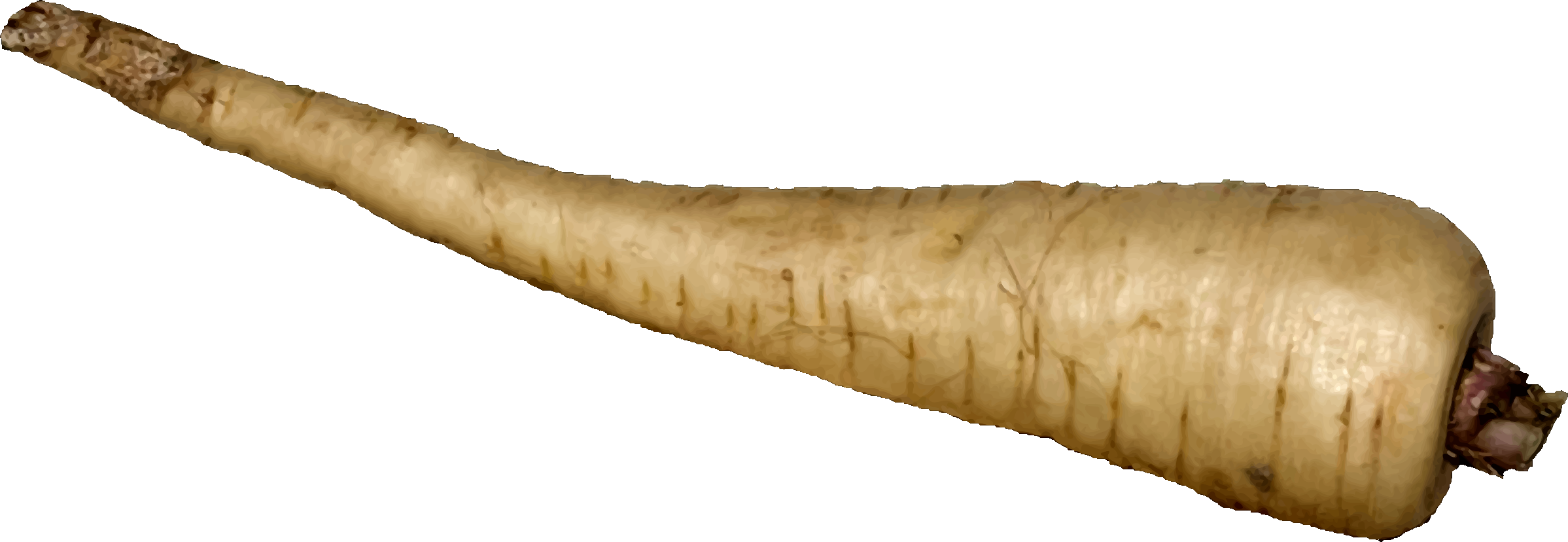
This image has format transparent PNG with resolution 2397x828.
You can download this image in best resolution from this page and use it for design and web design.
Horseradish PNG with transparent background you can download for free, just click on download button.
Horseradish (Armoracia rusticana, syn. Cochlearia armoracia) is a perennial plant of the family Brassicaceae (which also includes mustard, wasabi, broccoli, and cabbage). It is a root vegetable used as a spice.
The plant is probably native to southeastern Europe and western Asia. It is popular worldwide. It grows up to 1.5 meters (4.9 feet) tall, and is cultivated primarily for its large, white, tapered root.
The intact horseradish root has hardly any aroma. When cut or grated enzymes from the now-broken plant cells break down sinigrin (a glucosinolate) to produce allyl isothiocyanate (mustard oil), which irritates the mucous membranes of the sinuses and eyes. Grated mash should be used immediately or preserved in vinegar for best flavor. Once exposed to air or heat it will begin to lose its pungency, darken in color, and become unpleasantly bitter tasting over time.
Horseradish is perennial in hardiness zones 2–9 and can be grown as an annual in other zones, although not as successfully as in zones with both a long growing season and winter temperatures cold enough to ensure plant dormancy. After the first frost in autumn kills the leaves, the root is dug and divided. The main root is harvested and one or more large offshoots of the main root are replanted to produce next year's crop. Horseradish left undisturbed in the garden spreads via underground shoots and can become invasive. Older roots left in the ground become woody, after which they are no longer culinarily useful, although older plants can be dug and re-divided to start new plants. The early season leaves can be distinctively different, asymmetric spiky, before the mature typical flat broad leaves start to be developed.
In this page you can download free PNG images: Horseradish PNG images free download